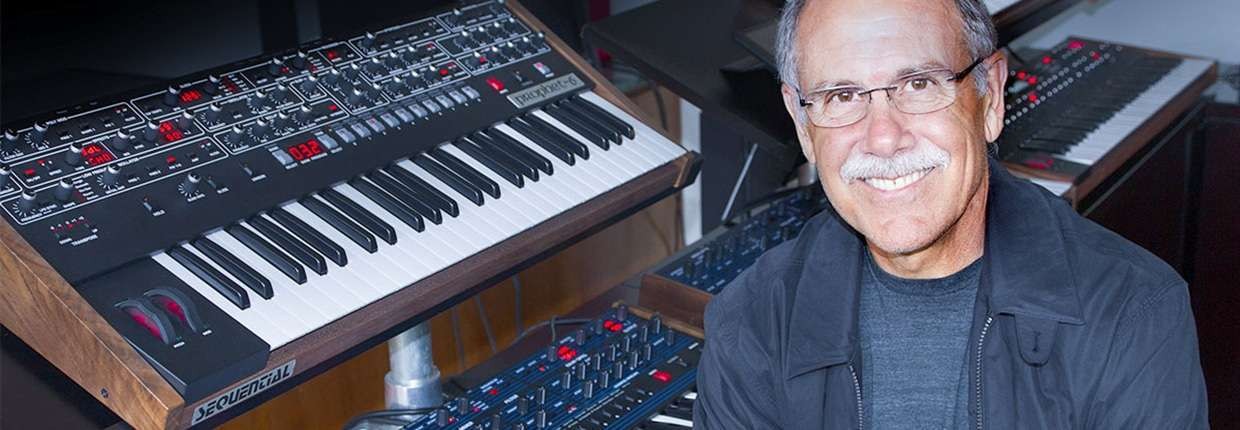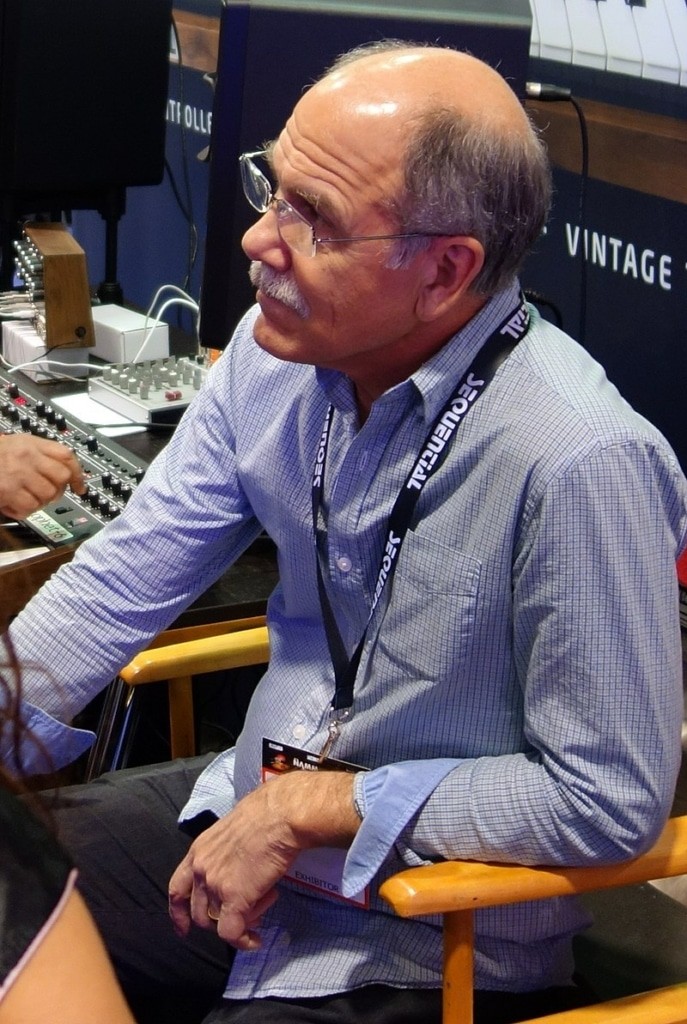Synthesis and Synthesizers
Published on 28/11/2022

David Joseph Smith (April 2, 1950 – May 31, 2022) was an American engineer known for being the founder of the synthesizer company Sequential.
He was born in San Francisco, California. His father was also a San Francisco native. His mother's family came from Italian grape growers and winemakers who had immigrated to Fresno.
After college studies in Berkeley, Dave lived and worked in San Jose in the seventies. He had degrees in both Computer Science and Electronic Engineering from UC Berkeley.
He was physically active, competing in the Ironman World Championship in Hawaii, and hiking tall mountains with his friend Roger Linn—another synth pioneer.
Smith married Denise White, and in 1988 they moved to St. Helena, California. They had two children, Haley and Campbell.
He died on May 31, 2022, at the age of 72, in Detroit, Michigan.

Among the several realizations he made during his life, Dave created the first polyphonic synthesizer with fully programmable memory, the Prophet 5.
He also led the development of MIDI protocol for synchronizing electronic instruments and audio equipment.
He got himself a Minimoog in 1972 and later built his own analog sequencer. Sequential Circuits was founded in 1974 advertising his product for sale in Rolling Stone.
By 1977 he was working at Sequential full-time, and later that year he designed the Prophet 5, the world's first microprocessor-based musical instrument and also the first programmable polyphonic synth, an innovation that marked a crucial step forward in synthesizer design and functionality.
Sequential went on to become one of the most successful music synthesizer manufacturers of the time.

In 1981 Smith set out to create a standard protocol for communication between electronic musical instruments from different manufacturers worldwide.
He presented a paper outlining the idea of a Universal Synthesizer Interface (USI) to the Audio Engineering Society (AES) in 1981 after meetings with Tom Oberheim and Roland founder Ikutaro Kakehashi.
After some enhancements and revisions, the new standard was introduced as "Musical Instrument Digital Interface" (MIDI) at the Winter NAMM Show in 1983, when a Sequential Circuits Prophet-600 was successfully connected to a Roland Jupiter-6.
In 1987 he was named a Fellow of the AES for his continuing work in the area of music synthesis.
After Sequential, Smith was President of DSD Inc, a Research and Development Division of Yamaha, where he worked on physical modeling synthesis and software synthesizer concepts.
In May 1989 he started the Korg R&D group in California, which went on to produce the innovative and commercially successful Wavestation synthesizer and other technology.
Dave then went to work as president at Seer Systems and developed the world's first software based synthesizer running on a PC.
This synth, commissioned by Intel, was demonstrated by Andy Grove in a Comdex keynote speech in 1994.
The second generation of this software synthesizer sold over 10 million copies after being licensed to Creative Labs in 1996.
It was responsible for 32 of the 64 voices in Creative Labs' AWE 64 line of soundcards.
The third generation of Smith's software synthesizer, renamed Reality, was released in 1997.
Dave was both the lead engineer on Reality and wrote all the low-level code.
Reality was the recipient of a 1998 Editors' Choice Award and earned Electronic Musician Magazine's highest possible rating.
Becoming aware of the limits of the software synthesizers, Dave went back to the hardware starting the Company Dave Smith Instruments (DSI) where he released the hybrid (analog/digital) synth Evolver in 2002.
Since then the product catalog grew up to include instruments such as the Prophet-6, the OB-6 (with Tom Oberheim), and the drum machine Tempest (with Roger Linn).

In 2018 DSI was renamed to Sequential, bringing Dave's heritage back to the starting point.
Nowaday a team of talented and dedicated designers carries Dave's heritage on keeping alive the innovation spirit the founder has shown for his entire life.
Following the awards and recognitions that Dave gained during his professional life:
To be recognized in a community one has to find a specific role adding value to the other’s.
Dave Smith was the first to embed digital circuitry into analog synthesizers.
This led to two fundamental steps: the capability to store sound and the possibility to create a network of instruments from different brands.
Save the work and link with others. What else do you need to be in a community?
This is, in our opinion, the value that Dave Smith brought to all of us, apart from really good sounding devices!
The information provided in this post has been gathered from following sources:
Join us today and get 5% off your next order!

Empty cart